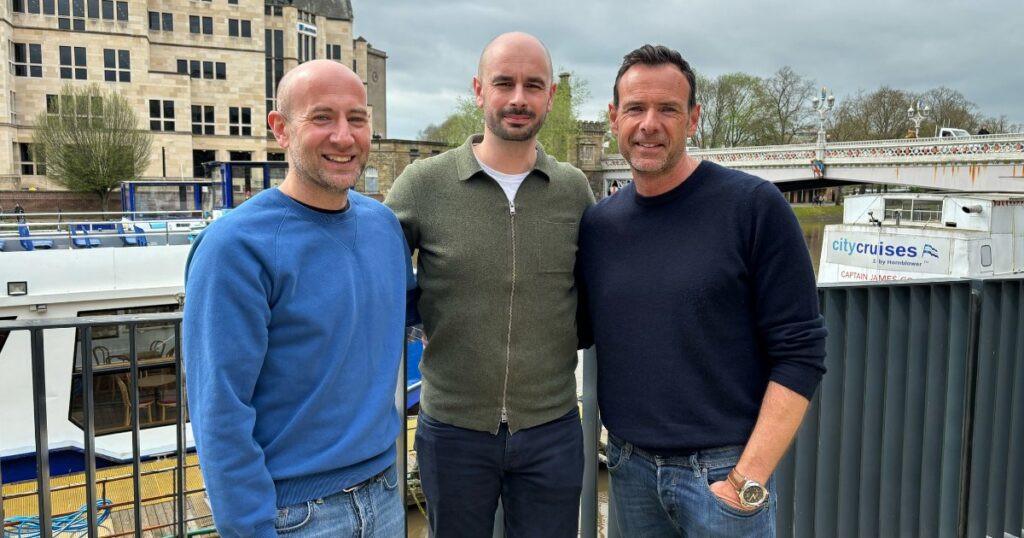Did you know that a striking 92% of candidates have more positive feelings toward the hiring company when the organisation incorporates video into their interview process?
You read that right: it’s true that candidates love video. Yet, despite its successful growth in popularity, some common misconceptions have arisen around this means of interviewing. Here are five key myths surrounding video interviews, and an explanation as to why they are, in fact, just myths.
Myth #1:
“Video Interviewing Leads to more Unconscious Bias”
In a face-to-face interview, interviewers can initiate small-talk with certain candidates. They can also divert the topic of conversation based on an answer the candidate gives and will naturally demonstrate body language and tone that may influence the way in which the candidate responds to questions. Pre-recorded video ensures that all candidates receive an identical experience, ultimately reducing this risk.
Myth #2:
“Video prevents a candidate from showcasing their personality”
When candidates can see the facial expressions of their interviewer, this may influence their confidence. If the interviewer looks bored, the candidate may subsequently feel nervous and suppress showcasing their personality. The use of pre-recorded questions ensures that candidates don’t try to read the emotions of the interviewer and puts them at ease. Shortlister encourages all clients to record interview questions, which brings the questions to life and encourages applicants to do the same.
Myth #3:
“Video Interviews can be Done Most Successfully over a Simple Video Call”
When first hearing the term ‘video interview’, it’s only natural that your mind may wander to the thought of a simple Zoom call – but Shortlister is so much more than a video call alone. Through use of the platform, you may pre-record or select from a range of the top interview questions to ask your candidates, allocate ratings to individual questions and enable multiple reviewers to go over candidate responses at a time that best suits you. What’s more, communications can also be taken care of by the platform. Organisations can save significant amounts of time and expense on travel costs, making Shortlister worlds away from a video call.
Myth #4:
“You Lose Control with a Video Interview Process”
When done well, candidates feel far more more engaged with the hiring company after a video interview (just take a look at our opening statement)! The video interview process is quicker, more convenient and allows candidates to respond quickly without booking time off work; resulting in better engagement with candidates and ultimately more control over the process.
Finding the right job is an important decision and candidates like to know what is happening. Equally, those hiring need control over balancing the needs of applicants and hiring managers. Shortlister video interviews remove the hassle of tedious scheduling, enabling an invitation to be sent across to candidates which contains a link and a deadline by which the candidate must complete the interview. From that point onward, your work is done until you choose to review the interviews that have been submitted.
Myth #5:
“All Candidates Need Access to a Good Computer”
Nope…not true! So long as you have a smartphone, tablet, or computer with a webcam then you’re good to go. We do equipment checks first so the candidate will know if there are likely to be any issues. Also, from an accessibility perspective, it is far less likely the candidate will be restricted by tech than by the travel, time and financial constraints of attending a face to face interview.


